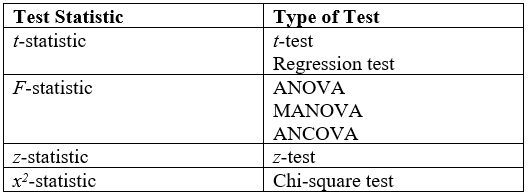|
Ball Divergence
Ball Divergence (BD) is a novel nonparametric two‐sample statistic that quantifies the discrepancy between two probability measures \mu and \nu on a metric space (V,\rho). It is defined by integrating the squared difference of the measures over all closed balls in V. Let \overline B(u,r)=\ be the closed ball of radius r\ge0 centered at u\in V. Equivalently, one may set r=\rho(u,v) and write \overline B\bigl(u,\rho(u,v)\bigr). The Ball divergence is then defined by BD(\mu,\nu)= \iint_ \bigl[\mu(\overline B(u,\rho(u,v))) - \nu(\overline B(u,\rho(u,v)))\bigr]^ \; \bigl[\mu(du)\,\mu(dv) + \nu(du)\,\nu(dv)\bigr]. This measure can be seen as a integral of the Harald Cramér's distance over all possible pairs of points. By summing squared differences of \mu and \nu over balls of all scales, BD captures both global and local discrepancies between distributions, yielding a robust, scale-sensitive comparison. Moreover, since BD is defined as the integral of a squared measure difference ... [...More Info...] [...Related Items...] OR: [Wikipedia] [Google] [Baidu] |
Harald Cramér
Harald Cramér (; 25 September 1893 – 5 October 1985) was a Swedish mathematician, actuary, and statistician, specializing in mathematical statistics and probabilistic number theory. John Kingman described him as "one of the giants of statistical theory".Kingman 1986, p. 186. Biography Early life Harald Cramér was born in Stockholm, Sweden on 25 September 1893. Cramér remained close to Stockholm for most of his life. He entered the Stockholm University as an undergraduate in 1912, where he studied mathematics and chemistry. During this period, he was a research assistant under the famous chemist, Hans von Euler-Chelpin, with whom he published his first five articles from 1913 to 1914. Following his lab experience, he began to focus solely on mathematics. He eventually began his work on his doctoral studies in mathematics which were supervised by Marcel Riesz at the Stockholm University. Also influenced by G. H. Hardy, Cramér's research led to a PhD in 1917 for his thesi ... [...More Info...] [...Related Items...] OR: [Wikipedia] [Google] [Baidu] |
Energy Distance Test
Energy () is the quantitative property that is transferred to a body or to a physical system, recognizable in the performance of work and in the form of heat and light. Energy is a conserved quantity—the law of conservation of energy states that energy can be converted in form, but not created or destroyed. The unit of measurement for energy in the International System of Units (SI) is the joule (J). Forms of energy include the kinetic energy of a moving object, the potential energy stored by an object (for instance due to its position in a field), the elastic energy stored in a solid object, chemical energy associated with chemical reactions, the radiant energy carried by electromagnetic radiation, the internal energy contained within a thermodynamic system, and rest energy associated with an object's rest mass. These are not mutually exclusive. All living organisms constantly take in and release energy. The Earth's climate and ecosystems processes are driven primarily ... [...More Info...] [...Related Items...] OR: [Wikipedia] [Google] [Baidu] |
Statistical Tests
A statistical hypothesis test is a method of statistical inference used to decide whether the data provide sufficient evidence to reject a particular hypothesis. A statistical hypothesis test typically involves a calculation of a test statistic. Then a decision is made, either by comparing the test statistic to a critical value or equivalently by evaluating a ''p''-value computed from the test statistic. Roughly 100 specialized statistical tests are in use and noteworthy. History While hypothesis testing was popularized early in the 20th century, early forms were used in the 1700s. The first use is credited to John Arbuthnot (1710), followed by Pierre-Simon Laplace (1770s), in analyzing the human sex ratio at birth; see . Choice of null hypothesis Paul Meehl has argued that the epistemological importance of the choice of null hypothesis has gone largely unacknowledged. When the null hypothesis is predicted by theory, a more precise experiment will be a more severe test of t ... [...More Info...] [...Related Items...] OR: [Wikipedia] [Google] [Baidu] |

